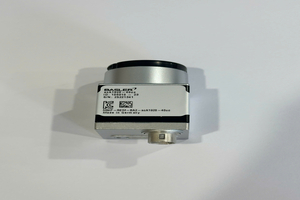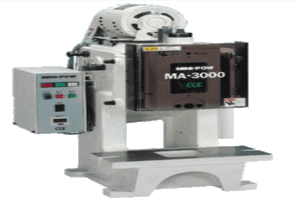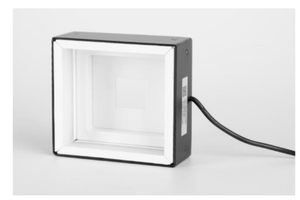The 4.0 "Industrial Revolution" is taking place in many developed countries. It gives humanity the opportunity to change the face of economies, but has many potential unpredictable risks.
What is Industrial Revolution 4.0?
In recent days, the concept of "Industrial Revolution 4.0" has been mentioned a lot in the media and social networks. Along with that are the promises of a "life change" for businesses in Vietnam if they catch this wave. So how should this revolution be understood?
Definition of Industrial Revolution 4.0
According to Gartner, the Industrial Revolution 4.0 (or the Fourth Industrial Revolution) comes from the concept of "Industrie 4.0" in a 2013 German government report. "Industrie 4.0" connects embedded and mechanical systems. Smart manufacturing facility to create digital convergence between Industry, Business, internal functions and processes.
If Gartner's definition is still confusing, Klaus Schwab, founder and executive chairman of the World Economic Forum, offers a simpler view of the Industrial Revolution 4.0 as follows:
"The first industrial revolution used water and steam power to mechanize production. The second revolution took place thanks to the application of electricity for mass production. The third revolution used electronics and information technology to automate production. Now, the Fourth Industrial Revolution is emerging from the third revolution, it combines technologies together, blurring the lines between physics, engineering and technology. digital and biological".
According to Mr. Klaus Schwab, the breakthrough speed of the 4.0 Industrial Revolution is currently "without historical precedent". When compared to previous industrial revolutions, Industry 4.0 is progressing at an exponential rather than a linear pace. Furthermore, it is disrupting almost every industry in every country. And the breadth and depth of these changes herald the transformation of entire systems of production, management and governance.
How will the Industrial Revolution 4.0 take place?
Following the definition of Klaus Schwab, the Industrial Revolution 4.0 will take place in 3 main areas including Biotechnology, Digital and Physics.
The core elements of Digital in Industry 4.0 will be: Artificial Intelligence (AI), Internet of Things (IoT) and big data (Big Data).
In the field of biotechnology, the Industrial Revolution 4.0 focuses on research to create leaps in Agriculture, Fisheries, Medicine, food processing, environmental protection, renewable energy, chemistry and materials.
Finally, there is the field of Physics with new generation robots, 3D printers, self-driving cars, new materials (graphene, skyrmions...) and nanotechnology.
Currently, the Industrial Revolution 4.0 is taking place in developed countries such as the US, Europe, and parts of Asia. Besides new opportunities, the 4.0 industrial revolution also poses many challenges for humanity to face.
Opportunities come with global challenges and risks
The downside of the 4.0 Industrial Revolution is that it can cause inequality. In particular, it can disrupt the labor market. When automation replaces manual labor in the economy, when robots replace humans in many fields, millions of workers around the world may fall into unemployment, especially those working in the insurance field. insurance, real estate brokerage, financial consulting, transportation.
The World Economic Forum's report raised this issue in different stages. The first phase will be a challenge for office workers, intellectuals, and technical workers. The next phase will be cheap labor, which will probably be slower. With the movement of this revolution, in about 15 years the world will have a new look, requiring businesses to change.
After that, economic instability arising from the 4.0 Industrial Revolution will lead to instability in life. Its consequence will be political instability. If governments do not fully understand and prepare for the industrial wave 4.0, the risk of global instability is entirely possible.
Besides, changes in the way of communication on the Internet also put people in many financial and health risks. If personal information is not protected securely, it will lead to unpredictable consequences.
The 4th Industrial Revolution brings opportunities, but also challenges to humanity.
















